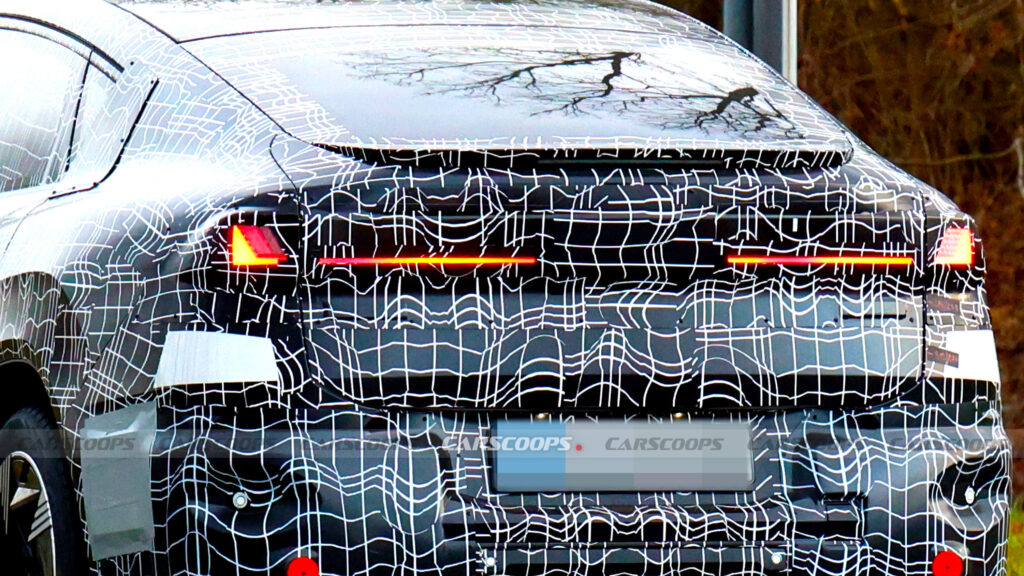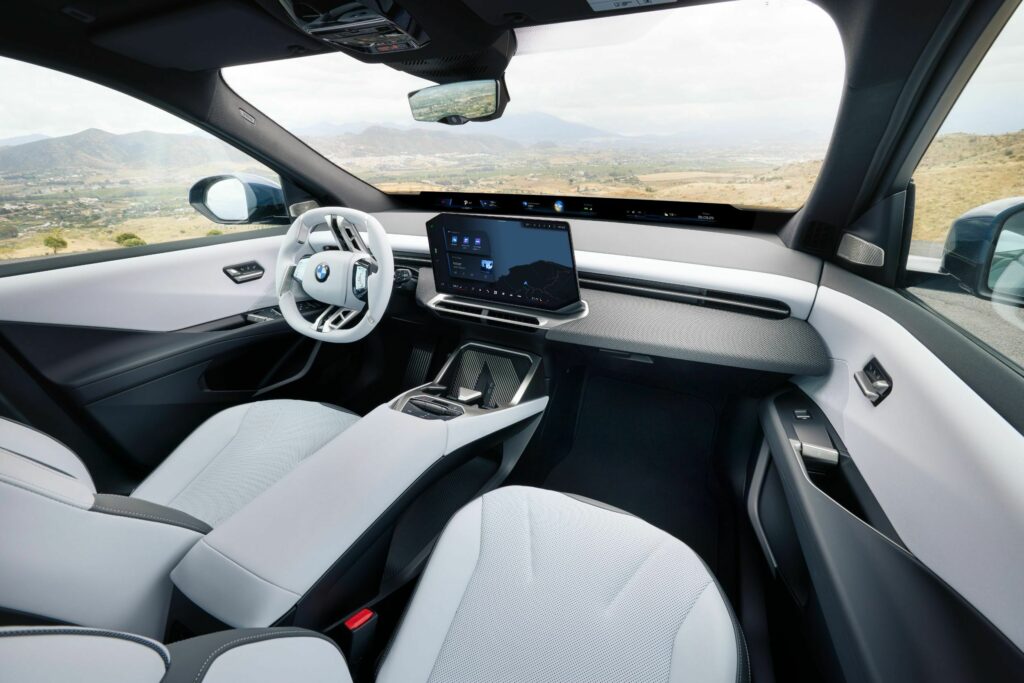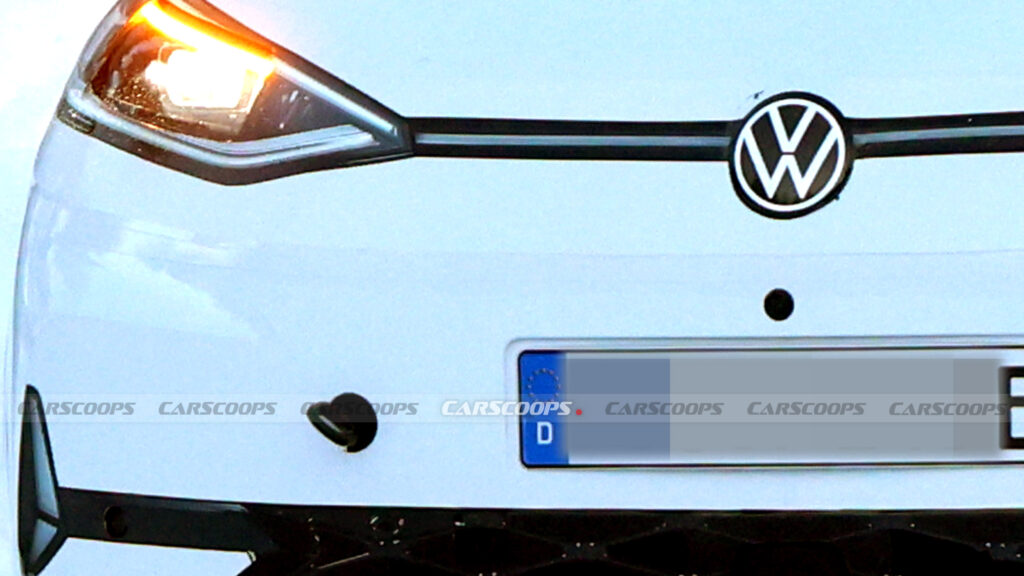BMW’s New Electric Coupe SUV Is Gunning For The Model Y

- Electric BMW iX4 spied testing ahead of official debut this year.
- Coupe-like crossover shares styling cues with the new iX3 SUV.
- Dual-motor AWD setup expected to deliver 463 hp and quick pace.
If you liked the BMW iX3, but wished it came in a slightly sportier and less practical package, you’re in luck as spy photographers have snapped the new iX4.
Caught undergoing testing in Europe, the electric crossover follows in the footsteps of its more conservative SUV counterpart, the newly lauched iX3. This is clear up front as it adopts a vertical twin kidney grille that is flanked by the company’s new “horizontal light signature.”
Coupe-Inspired Proportions
Changes occur further back as the iX4 has a rakish windscreen that flows into a steeply sloping roof. The sportier design results in new doors and a shrunken down greenhouse. We can also see a rounded shoulder, which contrasts with squared off wheel arches.
More: New BMW iX4 Renderings Envision a Coupe-Back EV
The rear end is unique to the crossover coupe as there’s a special spoiler with an integrated third brake light, which doesn’t appear to be working on the prototype. The model also bucks the iX3 by eschewing a rear wiper.
Shproshots
That being said, the rest of the design appears to echo its counterpart as we can see familiar taillights peeking out from beneath the camouflage. The rear bumper also looks similar, although it’s hard to be certain with all that camouflage.
Also: BMW’s Largest SUV Is About To Get A Lot More Interesting
Spy photographers didn’t get a glimpse inside, but the cabin should echo the iX3 and have a pillar-to-pillar Panoramic iDrive display as well as a 17.9-inch infotainment system. We can also expect a futuristic steering wheel, a 3D head-up display, and an intelligent personal assistant.

What Will It Deliver Underneath?
On the performance front, there should be an iX4 50 xDrive with a dual-motor all-wheel drive system producing a combined output of 463 hp (345 kW / 469 PS) and 476 lb-ft (645 Nm) of torque. This enables the iX3 to accelerate from 0-60 mph (0-96 km/h) in 4.7 seconds, before hitting a top speed of 130 mph (210 km/h).
The motors are powered by a 108.7 kWh lithium-ion battery pack, which provides a WLTP range of up to 500 miles (805 km). The impressive figures extend to the 400 kW DC fast charging capability, which enables the battery to go from a 10-80% charge in as little as 21 minutes.
We can also expect additional variants, which will be previewed by upcoming iX3 derivatives.

















































